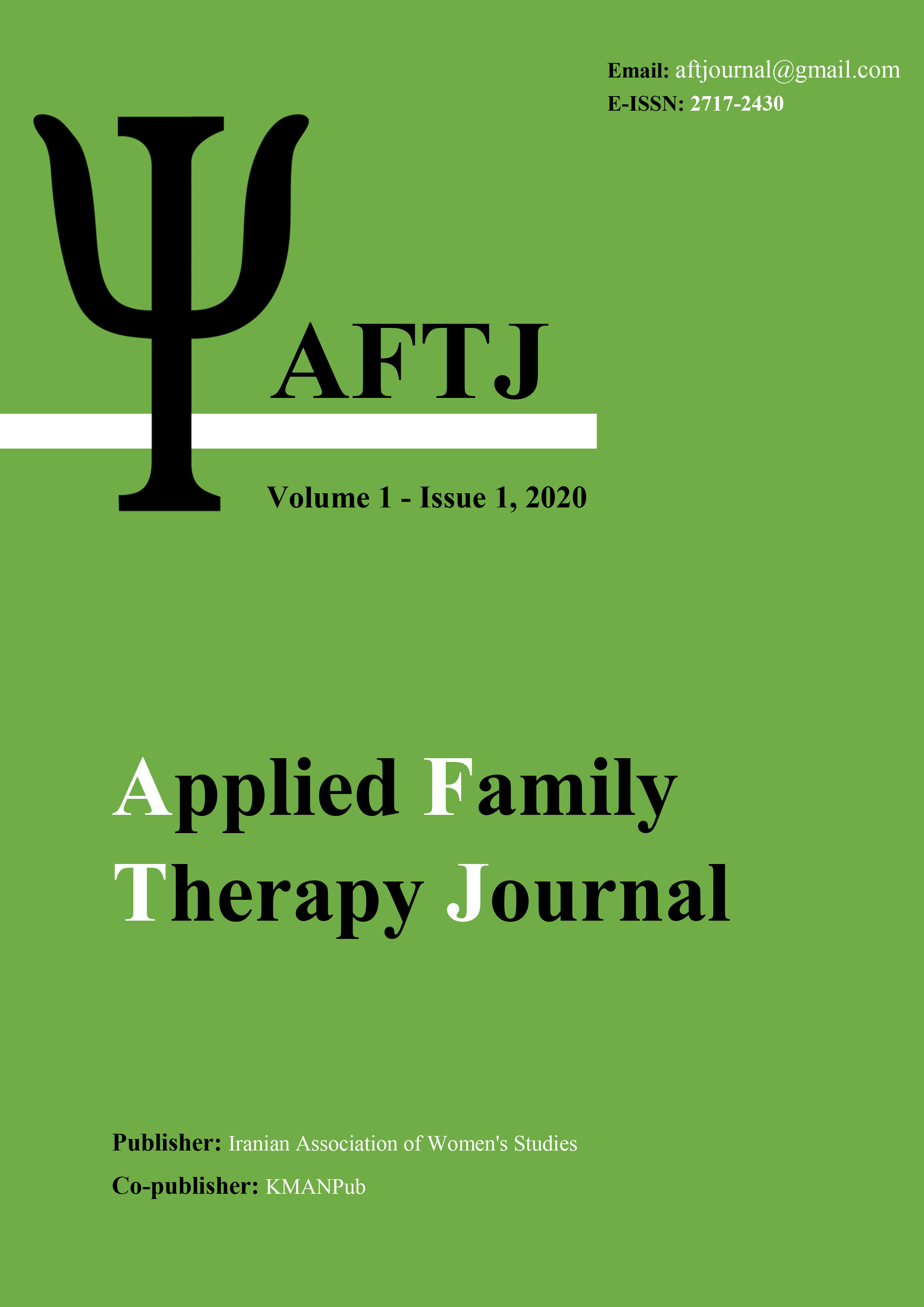The Effectiveness of Prevention and Relationship Education Program (PREP) on Communication Beliefs
Keywords:
marriage, PREP, communication beliefsAbstract
Aim: The purpose of this study was to determine the effectiveness of the Prevention and Relationship Education Program (PREP) on Communication Beliefs. Method: The research method was quasi-experimental with experimental group and control group, pre-test, post-test, and two-month follow-up and the statistical population of this study was couples who referred to Mehravar counseling center in Tehran during the period of November and December 2019 who referred to the counseling center. 20 couples were selected by the purposeful method and were divided into experimental (10 couples) and control (10 couples) groups. Replaced at random. The experimental group received weekly intervention in 8 sessions of 90 minutes. Both groups were evaluated in three stages of pre-test, post-test, and follow-up by the marital communication beliefs scale. Data were analyzed using repeated-measures ANOVA. Results: The results showed that the effect of intervention prevention and relationship improvement program on communication beliefs (F= 27.23, P= 0.001), dissociative component of dissent (F= 18.20, P= 0.001), spouse invariance (F= 23.73, P= 0.001), Expectation and expectation component of mind reading (F= 28.94, P= 0.001), component of sexual perfectionism (F= 25.63, P= 0.001), and gender inequality component (F= 17.03, P= 0.001) are effective and this effect 01 stable at follow-up. Conclusion: Based on the findings of this study, it can be concluded that the enrichment of marriage based on PREP is a prerequisite for reducing marital couples' ineffective communication beliefs. Therefore, it is recommended to emphasize the importance of family enrichment programs and marriage prevention and relationship improvement programs in couples.
Downloads
Downloads
Published
Issue
Section
License
Copyright (c) 2020 Fereydoon Eslami, Kiomars Farahbakhsh , Hosein Salimi Bajestani (Author)

This work is licensed under a Creative Commons Attribution-NonCommercial 4.0 International License.





















